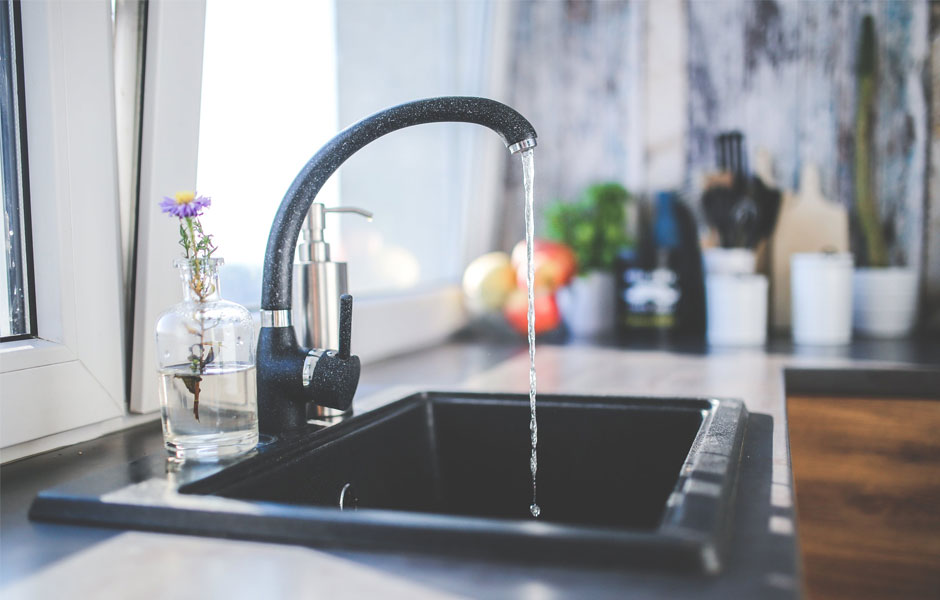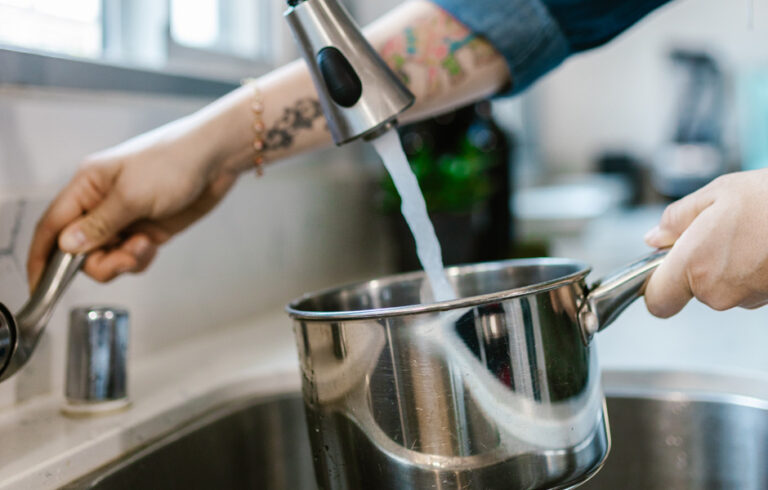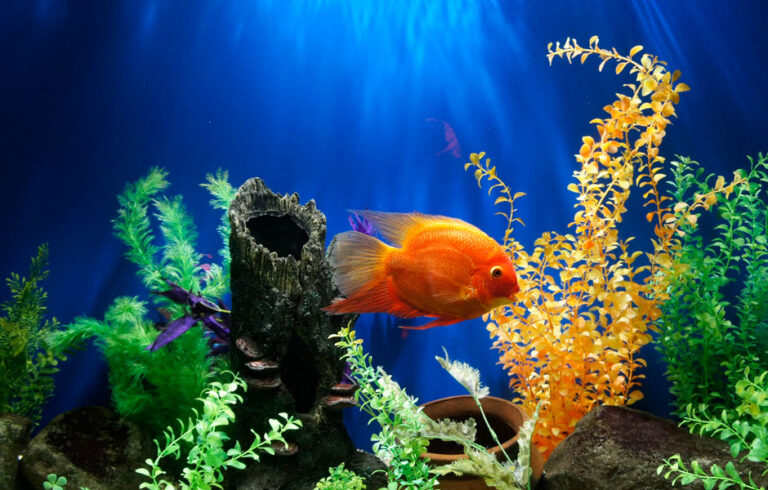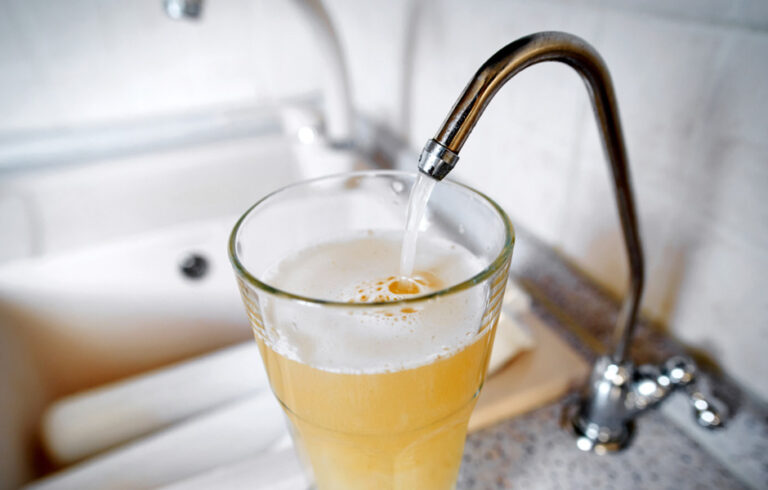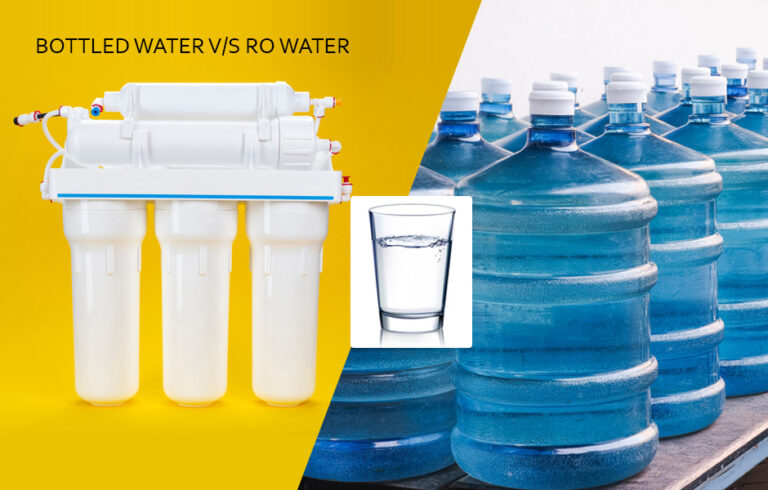Tap water is one of the most consumed beverages in the US. However, you might not know that tap water can often be contaminated with harmful substances like chlorine or lead, thus posing a serious health risk to both humans and pets.
Although aware, most people need more time to think about their tap water quality. But what if you could improve the taste of your tap water by investing in a RO water system or by indulging in some quick DIY tips?
In this blog post we’ll discuss how to turn your tap water into a delicious, healthy alternative to bottled water by following a few simple tips for a short-term solution. We’ll also discuss long-term solutions that can help you ensure your drinking water is safe and healthy.
Let’s find out!
Why does your tap water taste so bad?
The taste of your tap water can depend on several factors, including the quality and condition of your pipes. One of the most common reasons tap water tastes terrible is because it has been contaminated. This contamination may come from many sources, such as chemicals washing off industrial sites or sewage seeping into groundwater supplies during heavy rainstorms.
The use of chlorine by municipalities is also a factor. Chlorine protects water from harmful bacteria, but the chemical taste is not always popular with consumers. Suppose you have a chlorine smell or notice an earthy, metallic taste. In that case, the local municipality’s chances of using chlorine to improve their treatment process and keep bacteria from spreading through pipes are high. Chloramines (or chlorine) can make tap water smelly and add unusual flavors!
Lead in plumbing materials like lead solder is another frequent culprit! Moreover, some regions have naturally occurring substances that give their local tap water an unpleasant flavor (like sulfur).
Another reason why your tap water might taste bad is that it is just old and stale!
Further reading: Know what is in your tap water and whether it is safe to drink?
Quick DIY methods to make tap water taste better
“Put a fresh spin on things” with these easiest and most natural ways to make your tap water taste better, like bottled water.
Let’s go through some DIY methods first and, later, the long-term solutions to getting rid of the bad odor from your tap water.
1. Add lemon or citrus fruits to improve the taste of chlorine
Lemons are natural water softeners, which will help remove some of the harsh flavors found in tap water and add some vitamin C. Simply slice a few wedges into a pitcher full of cold water, or add slices directly to a glass before drinking. Adding other citrus fruits like lime or oranges to your water can give it a refreshing flavor without adding calories. If the taste is too strong, add small amounts of sugar or honey to cut the acidic flavor.
2. Add cucumber to reduce the smell of chlorine
Cucumbers are an excellent source of B vitamins, which can help neutralize some of the unpleasant smells that sometimes accompany tap water. Slice one or two slices in a pitcher full of cold water and let sit for 30 minutes before drinking. You can also add fresh vegetables like celery or carrots to your drinking water for a refreshing taste.
3. Add mint for a crisp taste
Mint also has some uses for making tap water more palatable. Mint is well known for its ability to freshen breath and remove bad smells. The herb can be used in both hot and cold varieties, making for an excellent flavor booster. Simply add some fresh or dried leaves into your pitcher before pouring, or place them inside the glass before drinking.
4. Infuse with herbs, spices, or floral water
Try adding fresh herbs such as basil, mint leaves, or even spices like cinnamon or cardamom for a pleasant taste. Or, add a few drops of rose water, orange blossom water, or lavender water to add a hint of floral flavor to your drinking water.
5. Use flavored cubes
You can also purchase flavored cubes with natural flavors like lemon and lime from the market and drop them in cold water for a flavorful drink. Flavored cubes will dissolve in cold water and remove the unpleasant taste of regular water, giving you tasty drinking water – just like a bottled water.
6. Let it sit for a few hours
If your tap water is not overly contaminated, try letting it sit for several hours before using it for drinking. This will allow some chlorine and other chemicals to evaporate, improving the taste significantly. Ideally, allow your tap water to sit overnight to enjoy fresh, clean water the following day.
With these easy and natural DIY ideas, you can now easily improve the taste of your drinking water without having to worry about unhealthy additives or extra calories!
Now let’s look at a few long-term solutions to make your tap water taste better.
Long-term methods to improve the taste of your drinking water
As the saying goes.. “A stitch in time saves nine” – Maintaining a consistent taste in your drinking water supply can be challenging, especially when it doesn’t taste good. But don’t lose hope yet! With a little bit of effort and dedication, you can make small changes that will significantly impact the taste of your drinking water.
Here are some long-term methods to help improve the taste of your drinking water, and make it taste just like bottled water:
1. Install a water filtration system
Installing a whole-house filtration system is an excellent way to improve the taste of your drinking water across your entire home. Whole-house filtration systems are designed to remove impurities and contaminants from your water supply, giving you cleaner, better-tasting drinking water.
2. Invest in reverse osmosis
The long-term and sustainable solution to make your tap water taste better and healthy is to install a reverse osmosis water filter system. Reverse osmosis (RO) systems are designed to eliminate all impurities from your drinking water. This process removes dissolved salts, metals, bacteria, viruses, and parasites, thus giving you tasty and healthy drinking water for your family and staff. It can also be connected to your existing plumbing, eliminating the need to buy bottled water.
Renting an RO water filter system: You do not need to buy a RO unit. Instead, you can rent one from Aquatech Water Systems, thus saving money for the long term. By renting a RO water filter, you will experience delicious tap water just like bottled water for several years without worrying about maintenance and filter replacement, which the company takes care of annually.
3. Use activated carbon filters
Activated carbon filters are perfect for removing chlorine and other undesired tastes from your drinking water. These filters consist of tiny particles of carbon that act as a sponge, trapping organic compounds and other contaminants. They are usually available in refrigerator filters or standalone filter units.
Carbon filters reduce bad odors and impurities present in your tap water without using harsh chemicals or other treatments. You can use them in combination with a reverse osmosis system for optimal results.
4. Boil tap water
Boiling tap water for several minutes can help kill off bacteria, viruses, parasites, and other contaminants that may be causing an unpleasant odor or taste. However, boiling alone won’t remove any chemicals or minerals from your drinking water, so it’s also important to use other methods.
5. Ultraviolet light filter
Ultraviolet (UV) light filters are designed to kill off any potentially dangerous microorganisms in your drinking water. This can help reduce the chances of you developing a stomach bug or other illness from contaminated drinking water and improve the taste.
6. Alkaline drops or water filters
Alkaline drops are made from minerals like calcium and magnesium, which have been shown to help improve the taste of tap water significantly by improving the pH balance of the water. The drops are all-natural, contain no added chemicals or preservatives, and will not affect the mineral content of your tap water. All you have to do is add a few drops per glass of water for an instant improvement in flavor. Or, consider an RO with an alkaline cartridge which uses electrolytes to raise the pH of your water and make it taste even better.
Finally,
7. Avoid plastic bottles and containers
Plastics can leach chemicals into your drinking water and give it a strange taste. To avoid this, store your drinking water in a glass or stainless steel bottles or containers.
Best Water Filter To Improve Taste
Among the list of filtration methods mentioned above, a reverse osmosis system is the best water filter to improve the taste of your water at home or the office. Reverse osmosis forces water through a series of tiny filters that remove particles, chemicals, and other contaminants from the water.
This process also removes some unwanted minerals, hence softening hard water. The result is clean, great-tasting water, free from harsh metals and chemicals. Reverse osmosis systems are also very efficient at removing bacteria and viruses, making them a great choice for purifying drinking and cooking water.
[xyz-ips snippet=”ro-products”]
Summary
– Tap water contains chlorine, fluoride, lead, and other contaminants that can cause various health problems when consumed in large quantities.
– You can improve tap water taste by installing a reverse osmosis (RO) filter to your kitchen faucets or refrigerator ice dispenser line.
– RO filters are also very affordable for rent. Installing RO on a rental basis is cost-effective, saving thousands of dollars, and is ideal for those who do not wish to maintain their filtration systems.
If you are interested in renting an RO filter, contact Aquatech Water Systems for more information. We can help match your specific needs and requirements with the best option in the market today.
The result is water that tastes pure, crisp, and healthy!
Conclusion:
If you are on a budget or environment-friendly, drinking tap water is a great way to save some cash. But sometimes tap water can taste stale or just plain gross. If you want to make it taste better, the long-term solution is to install an RO water filter system.
